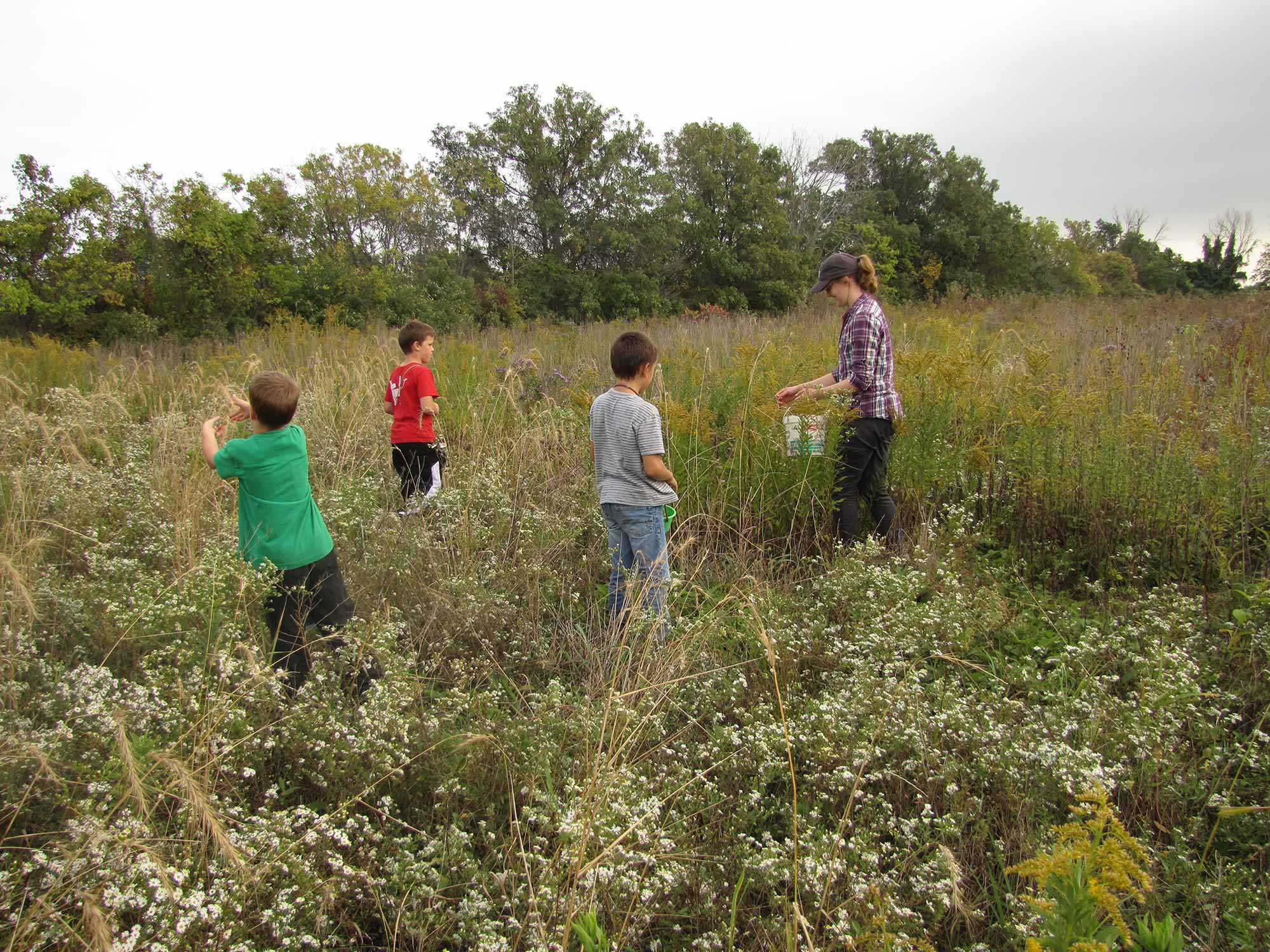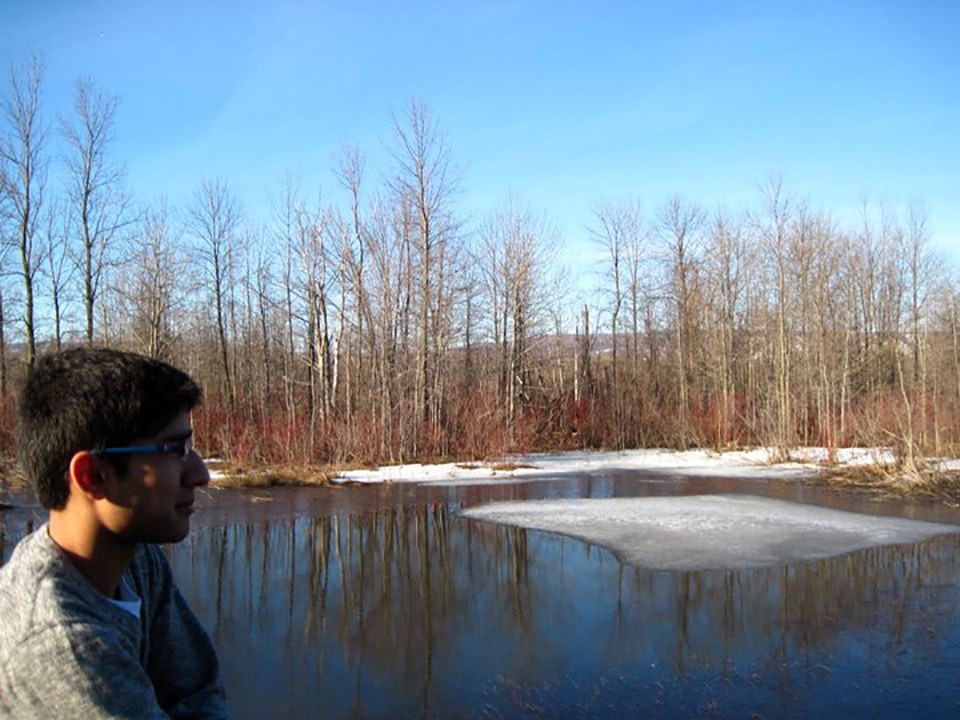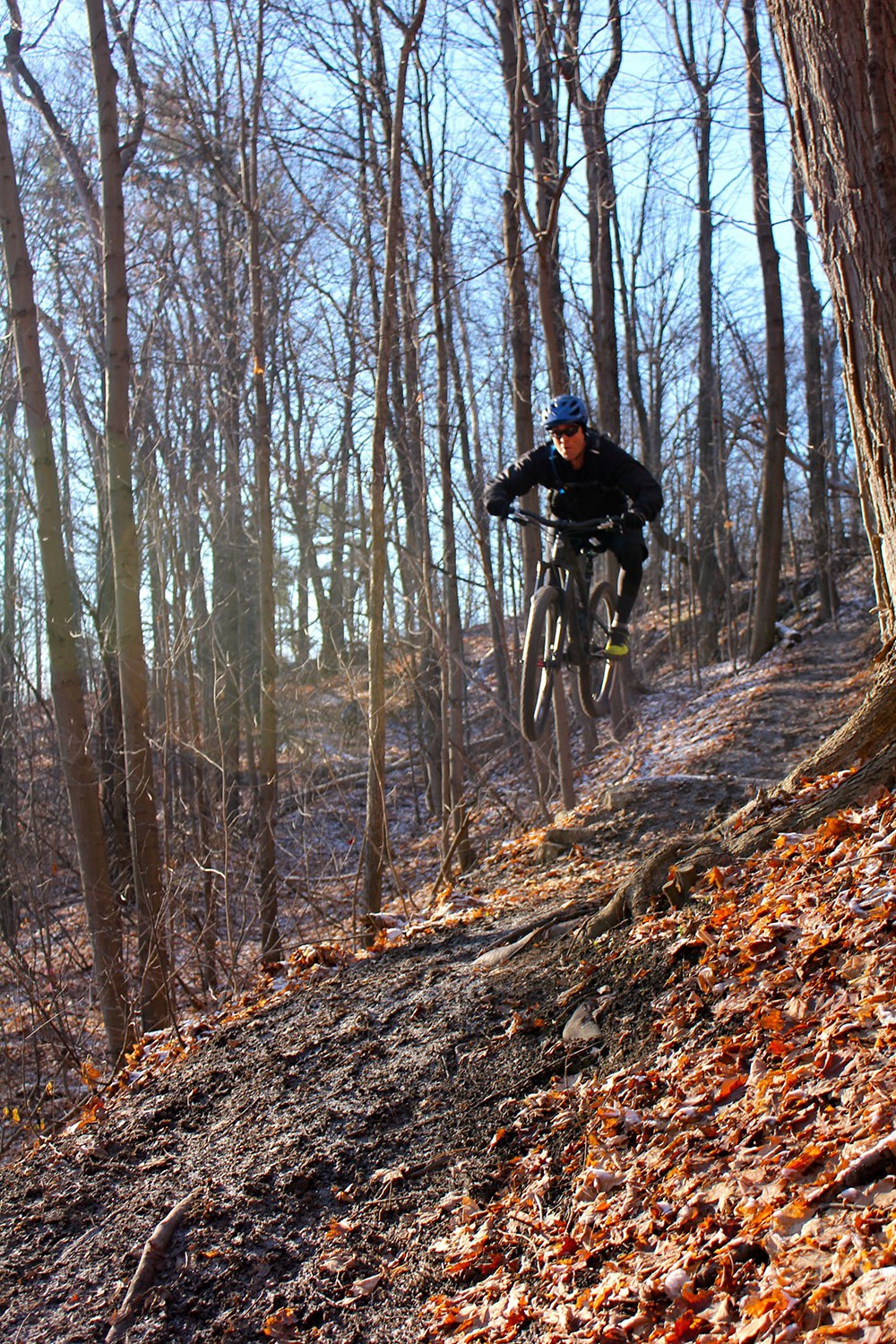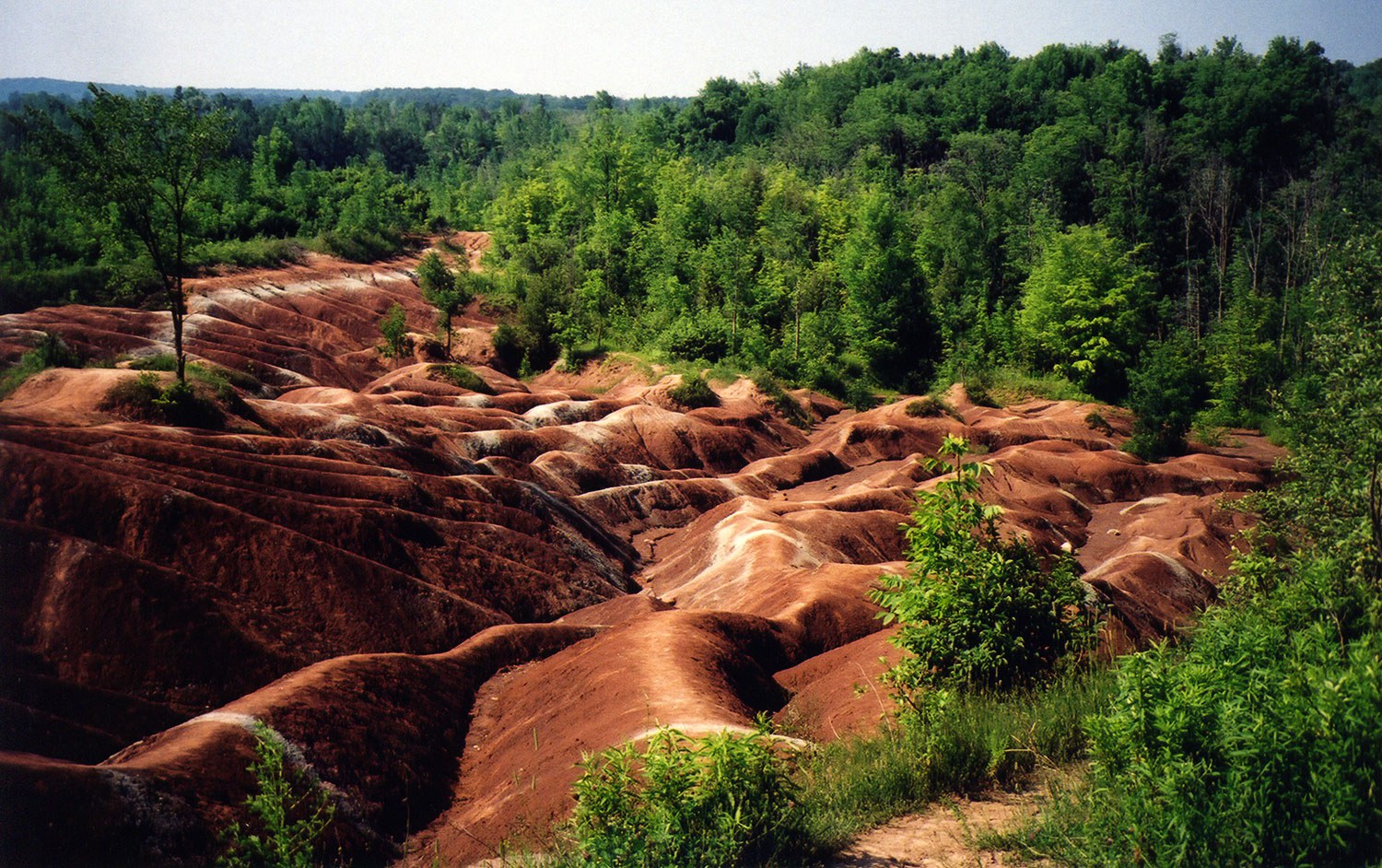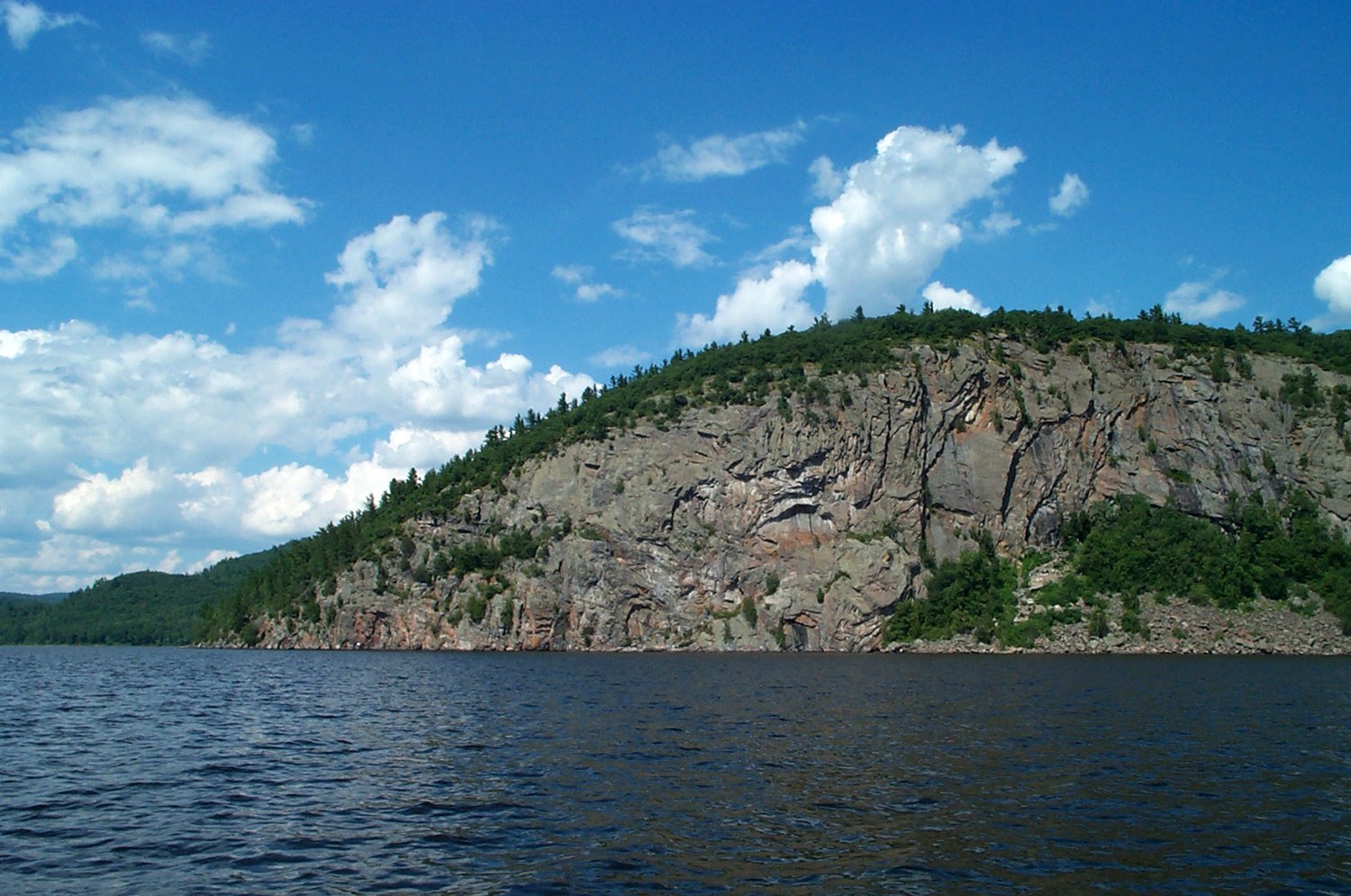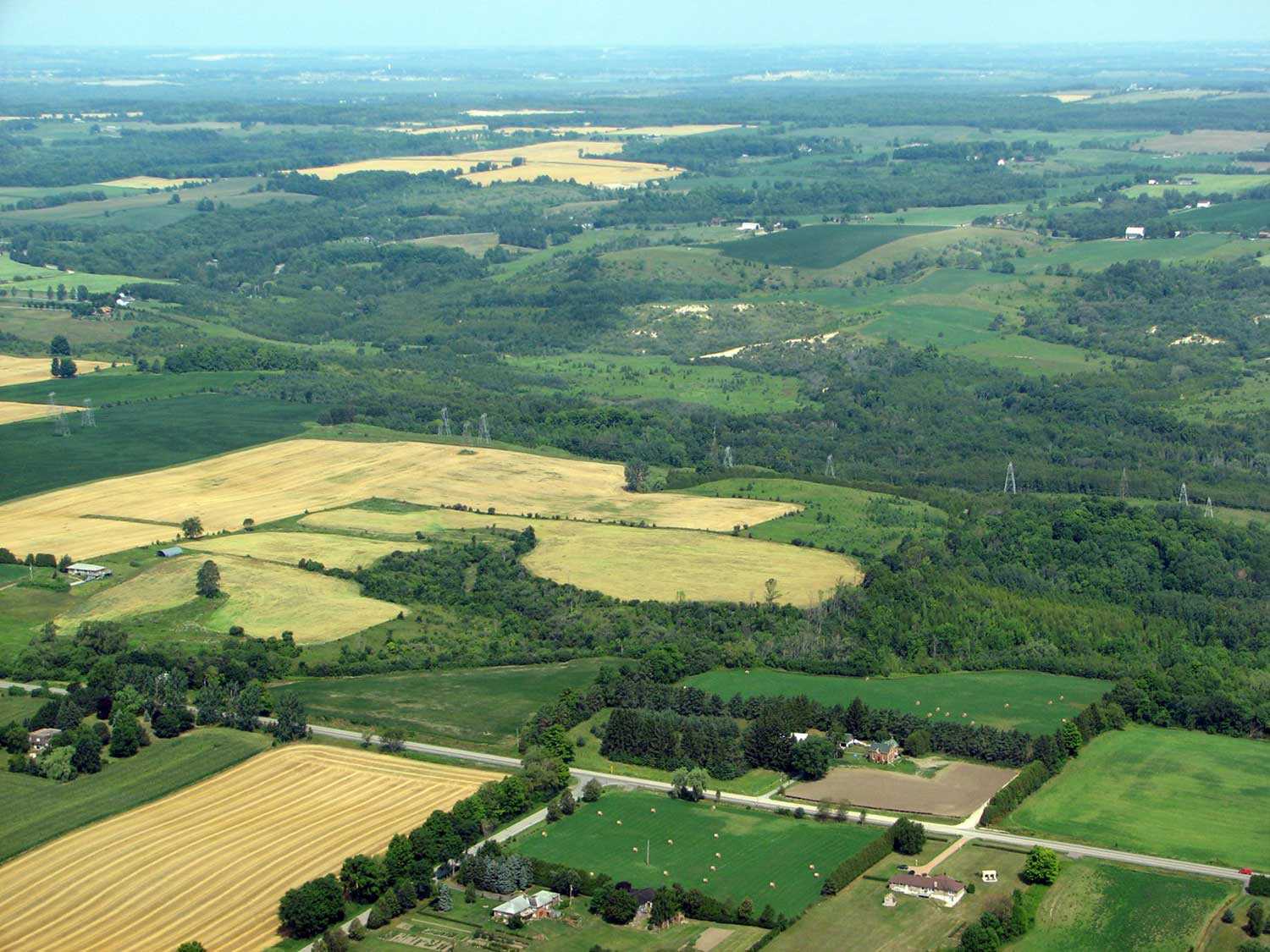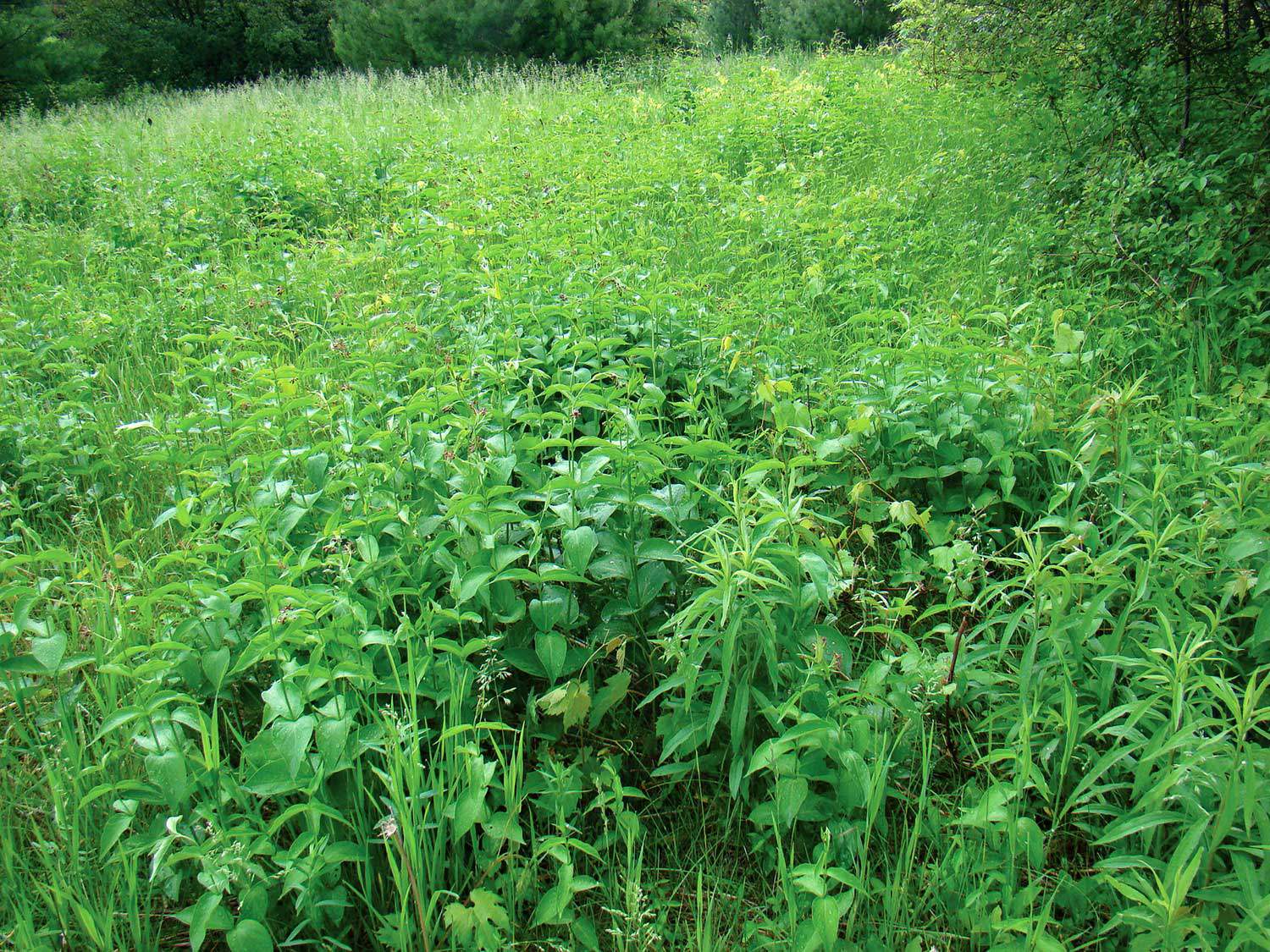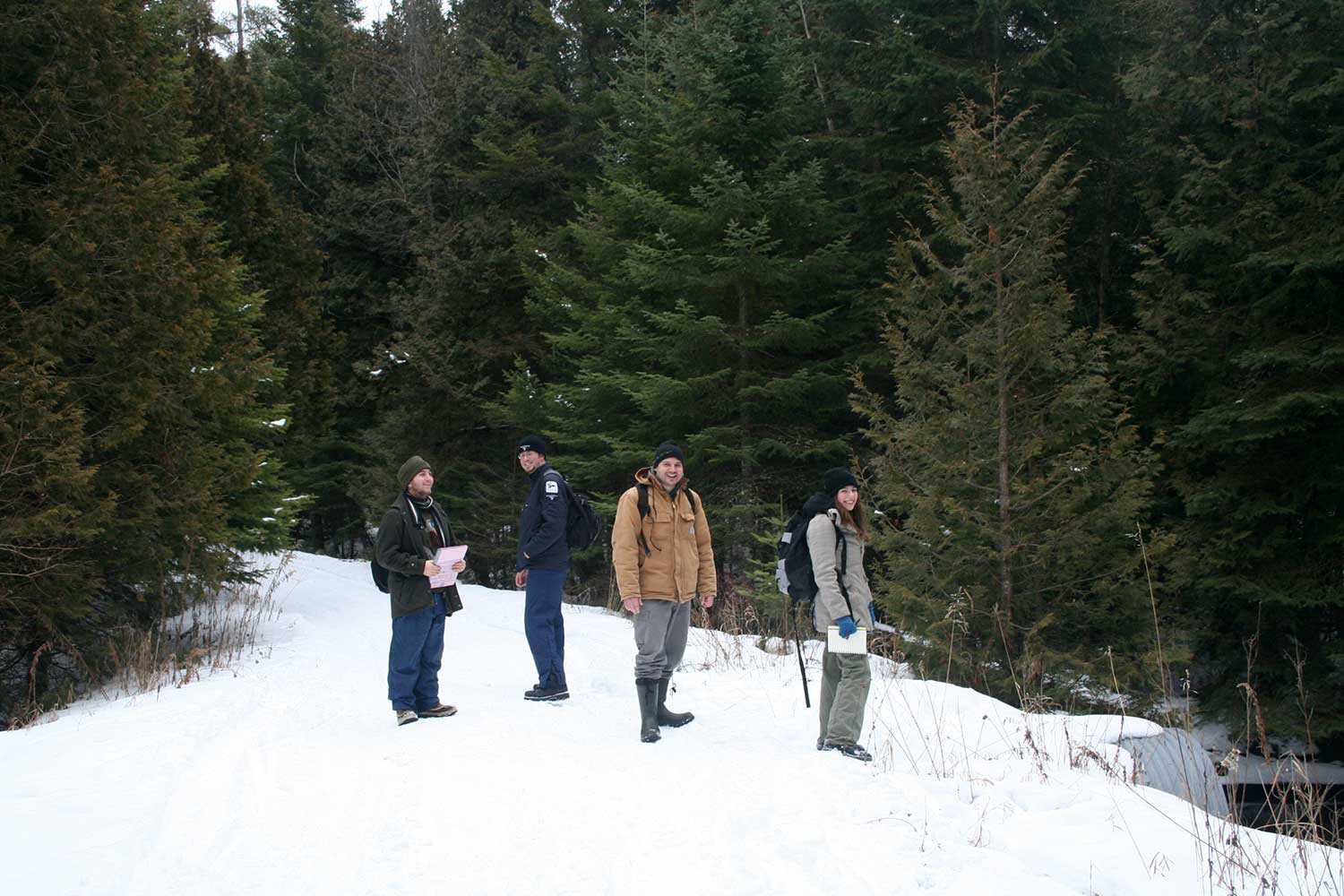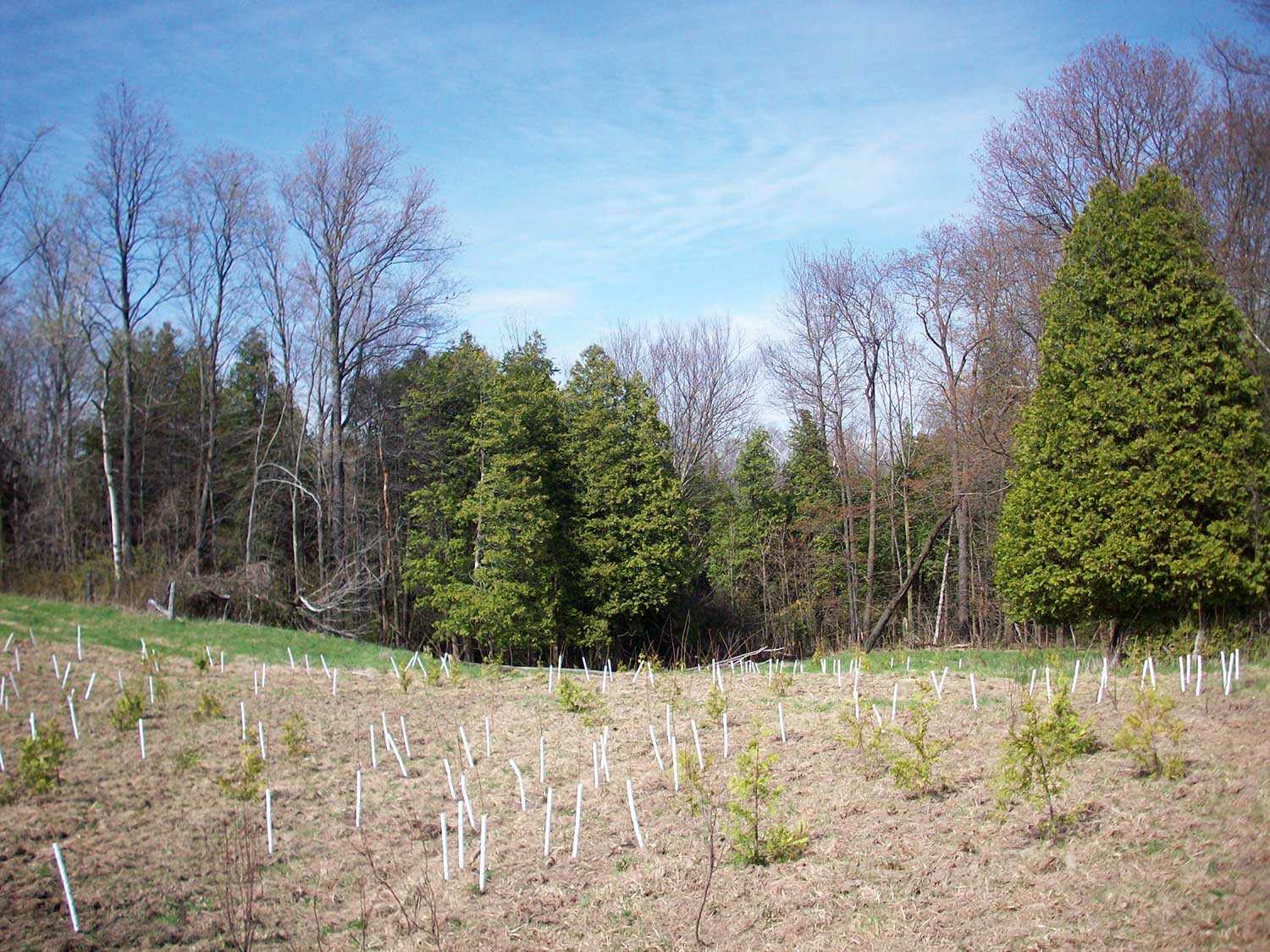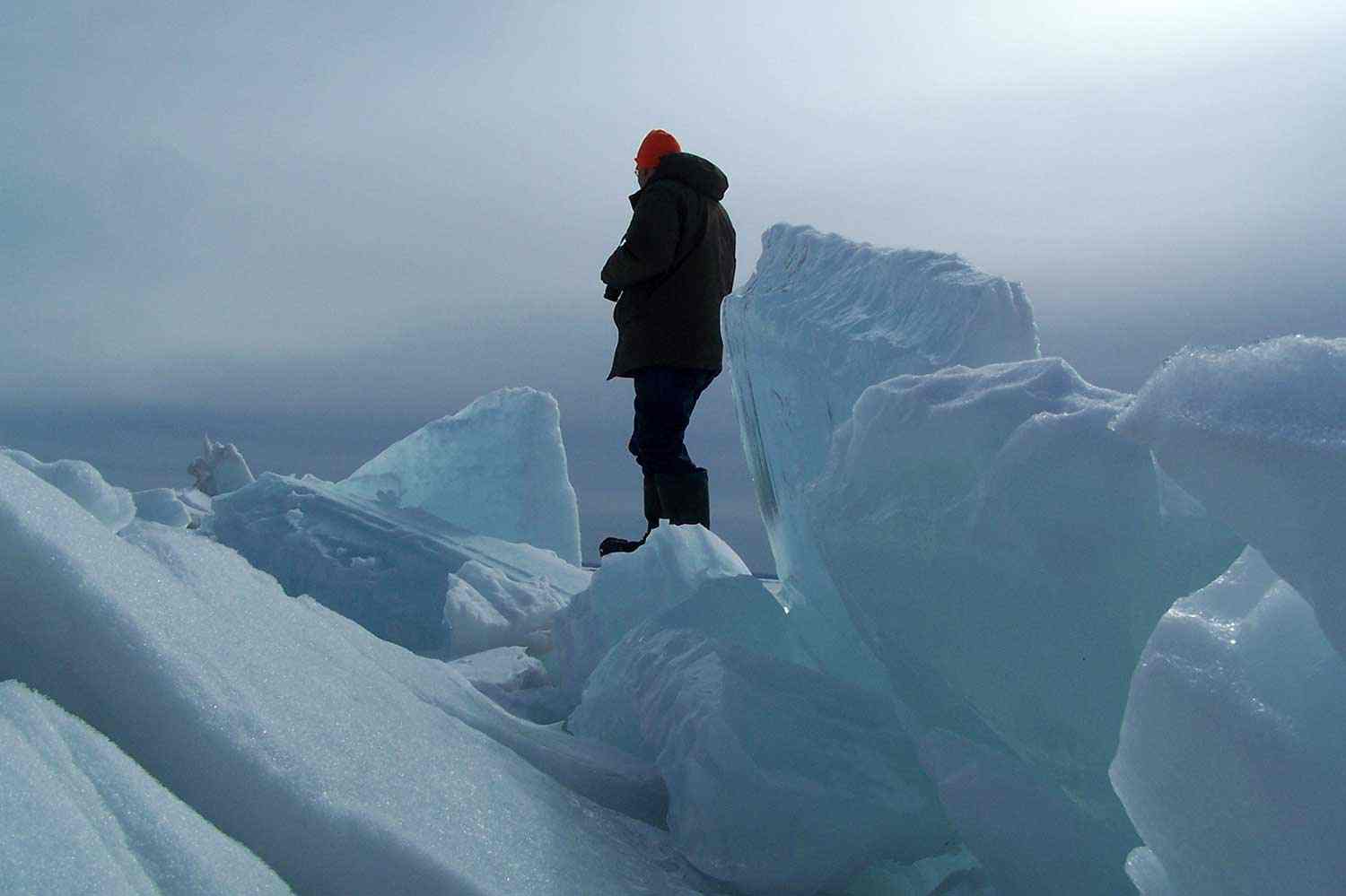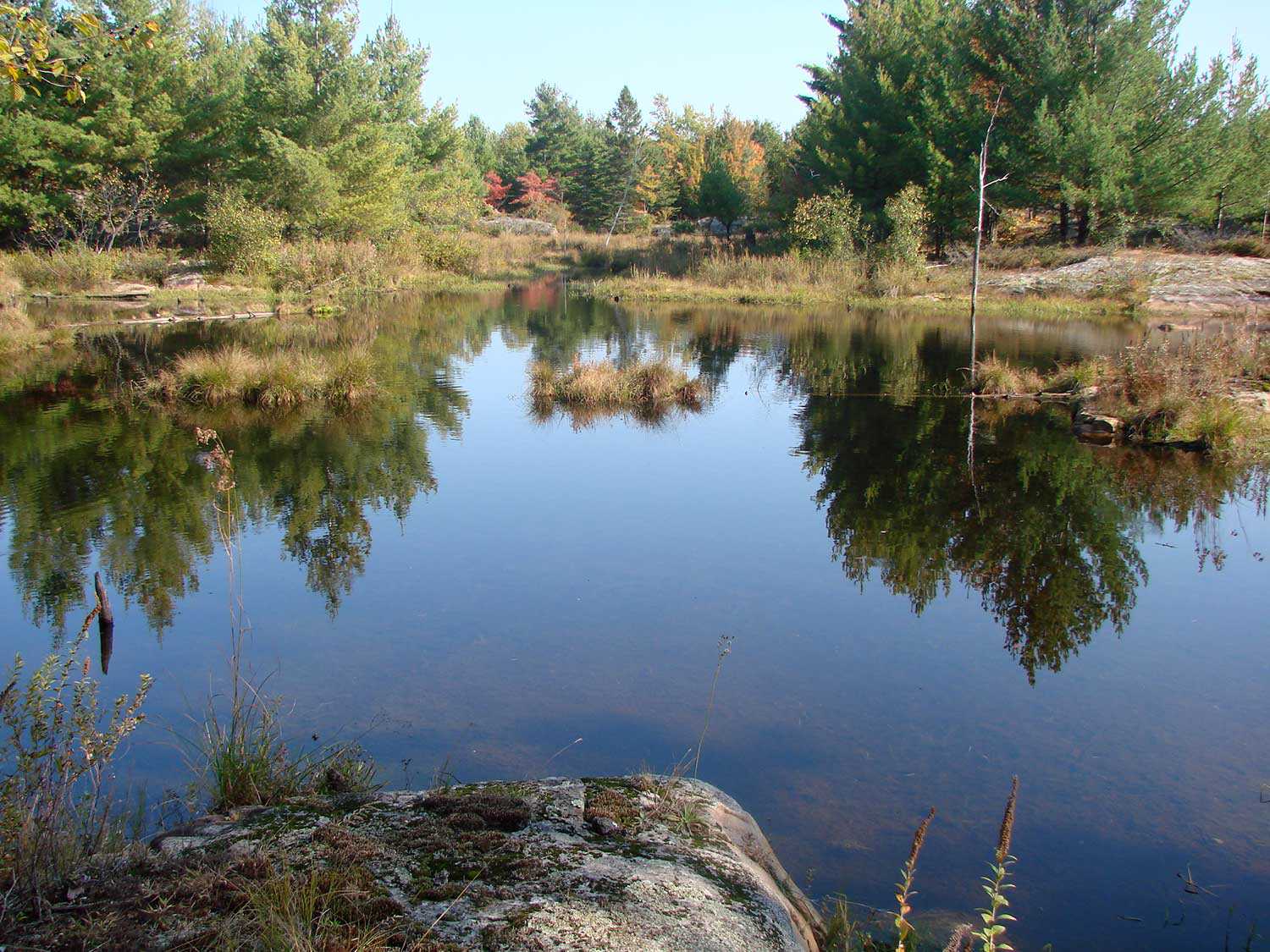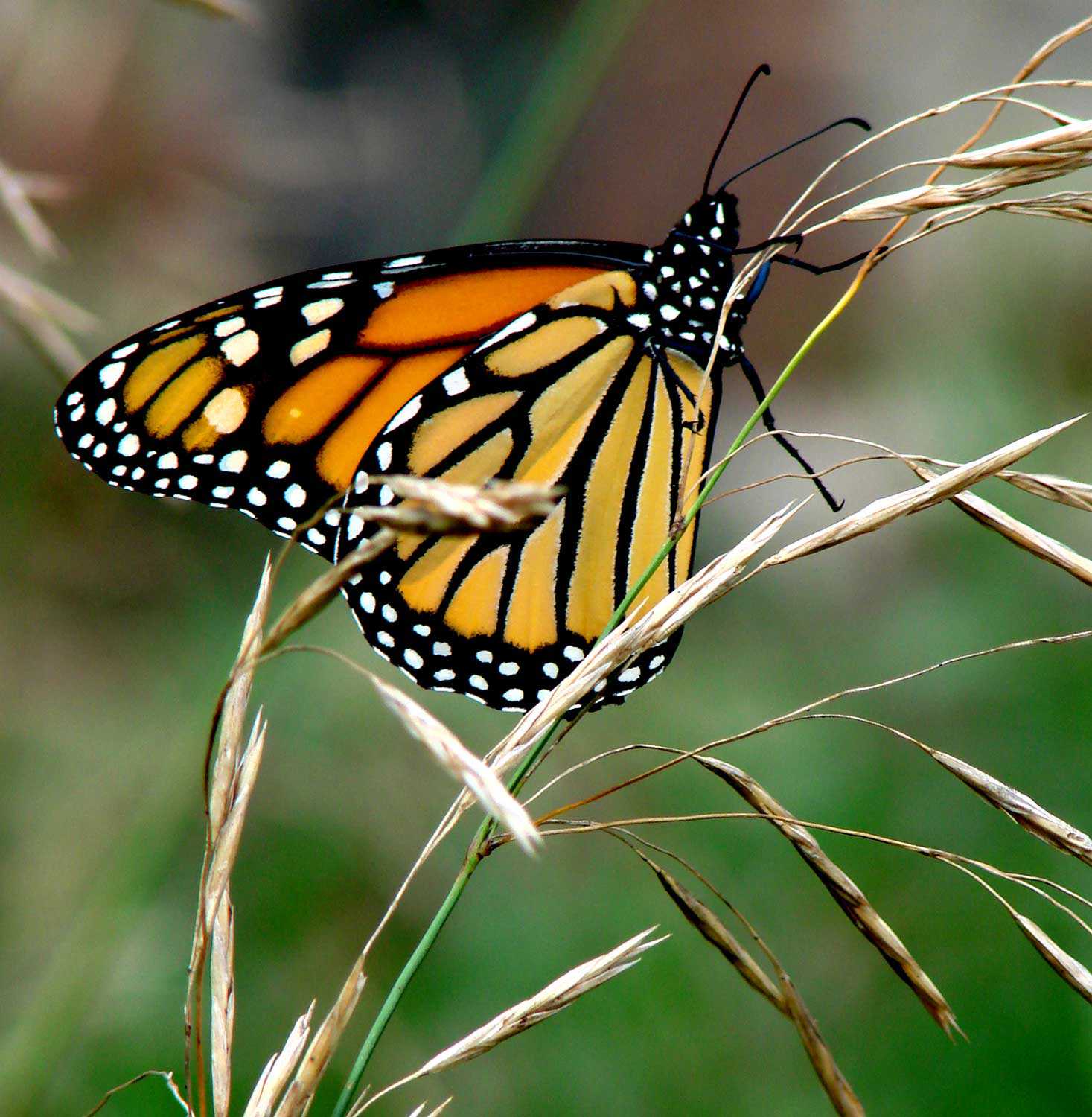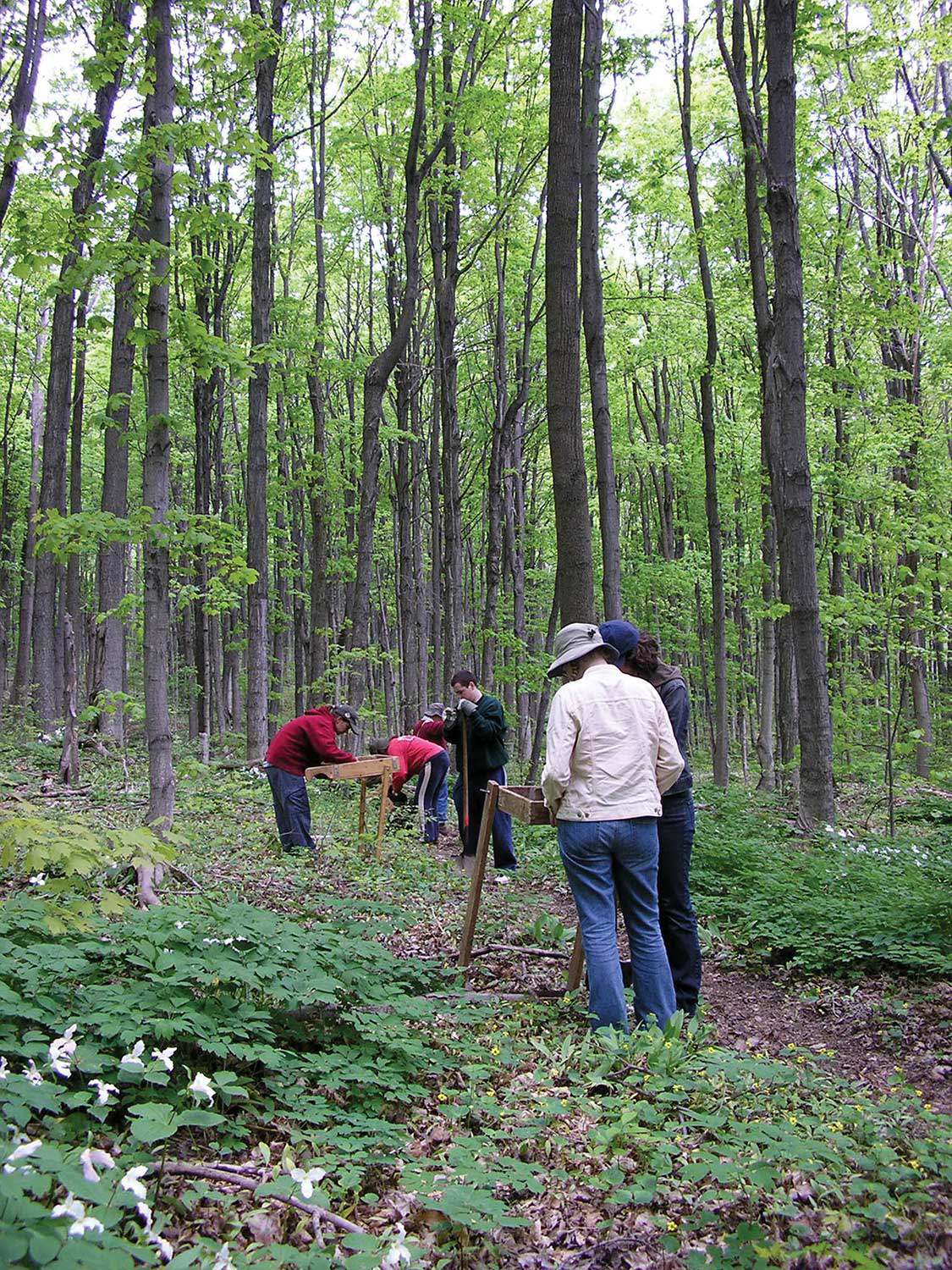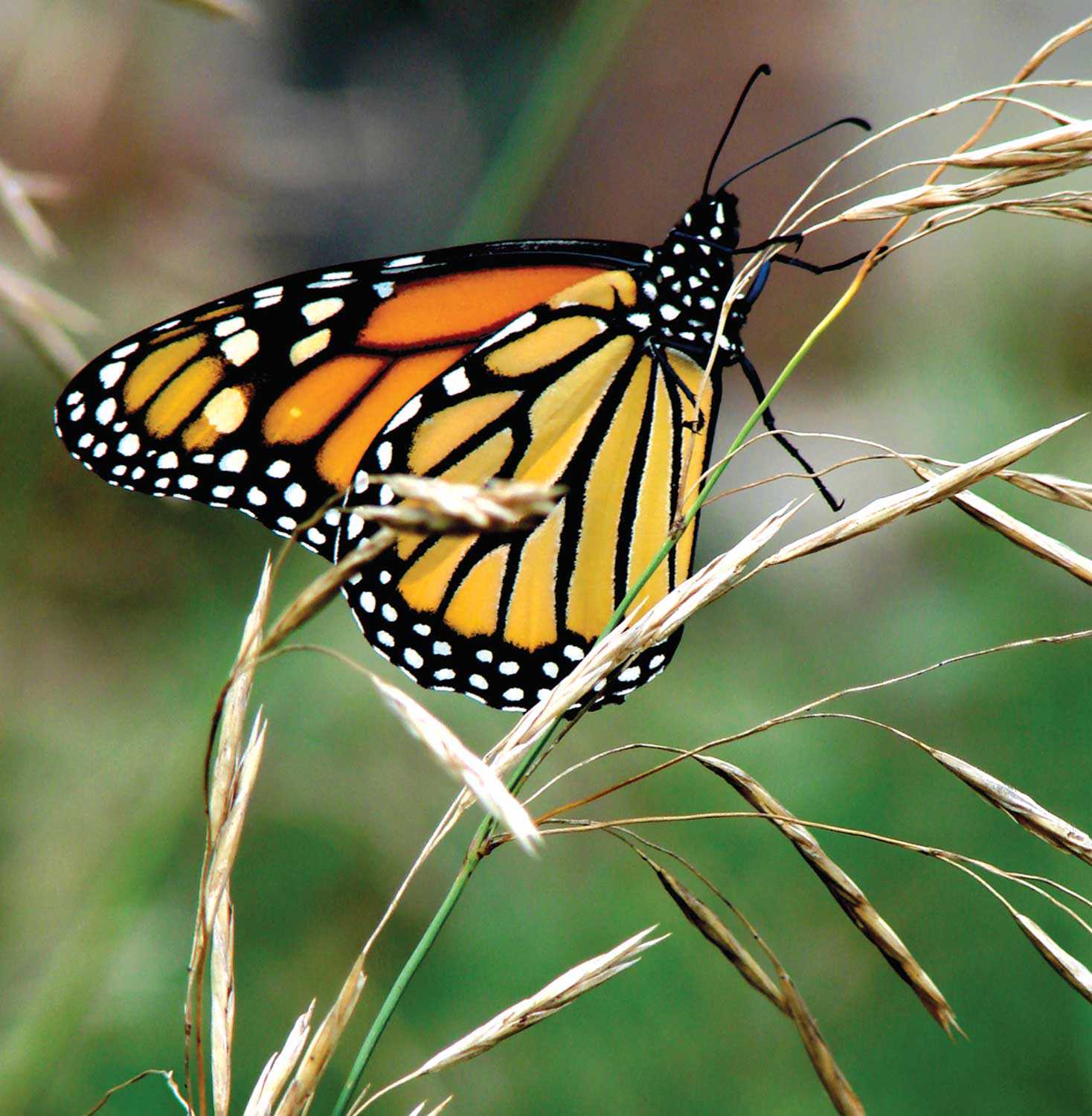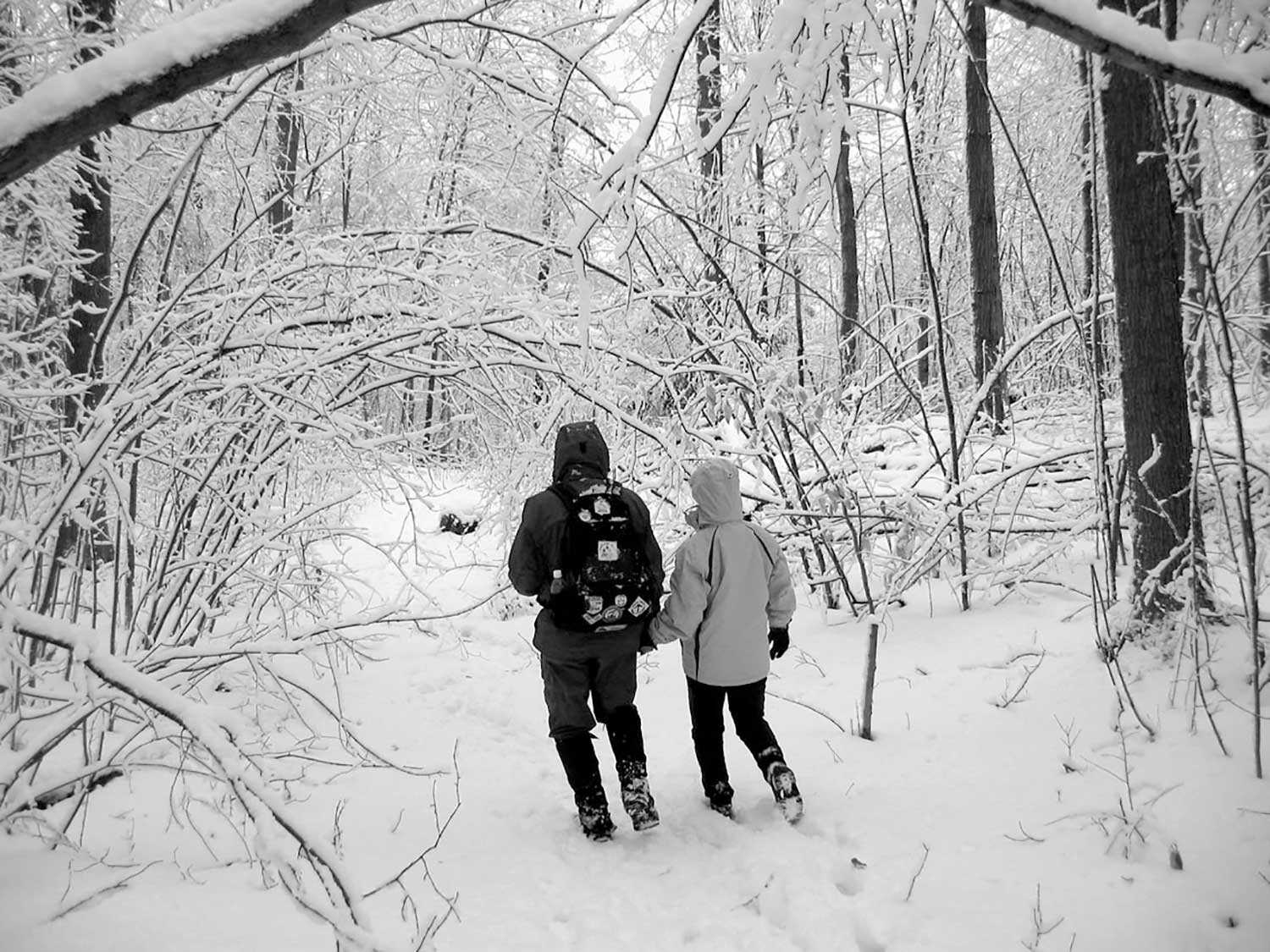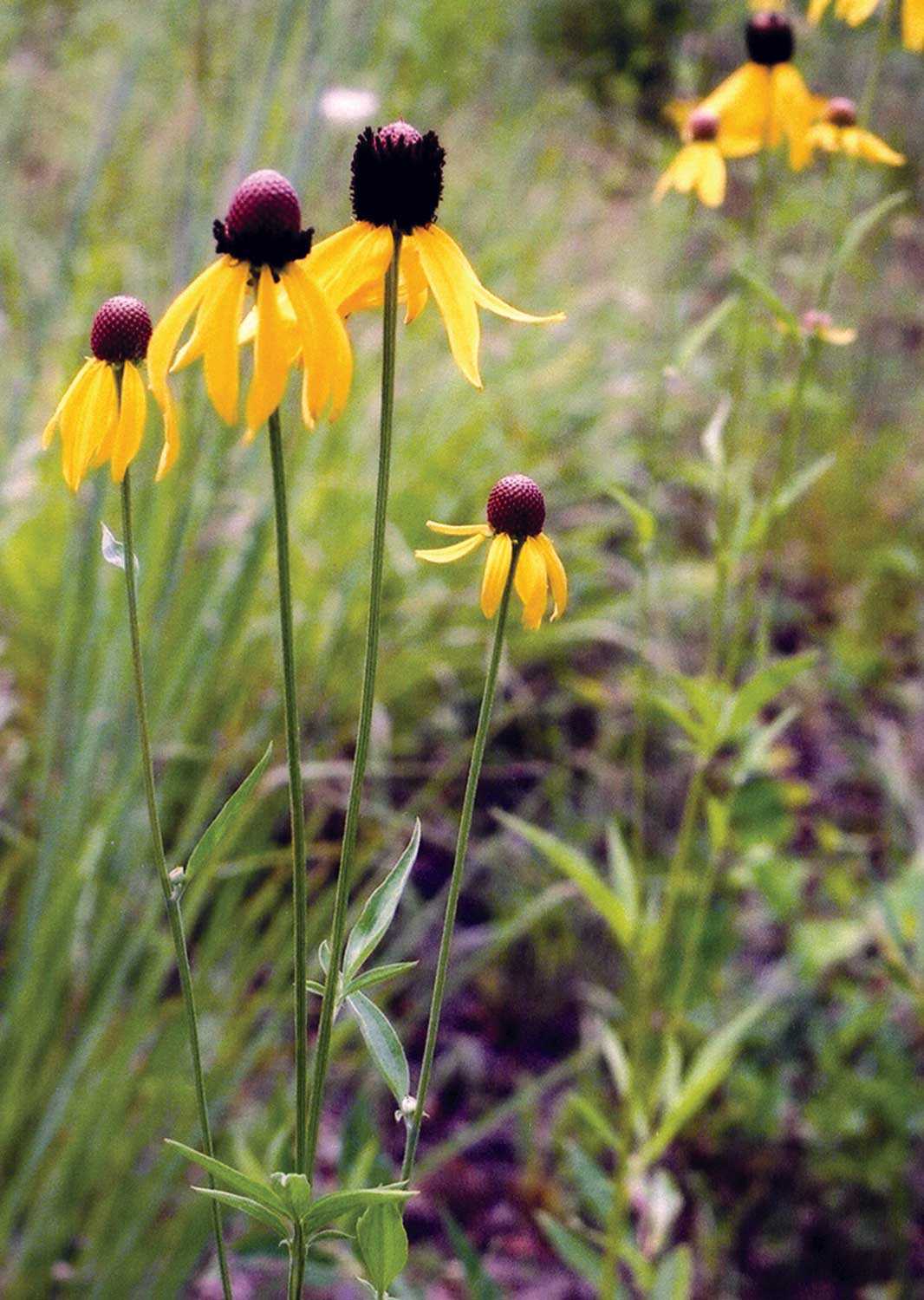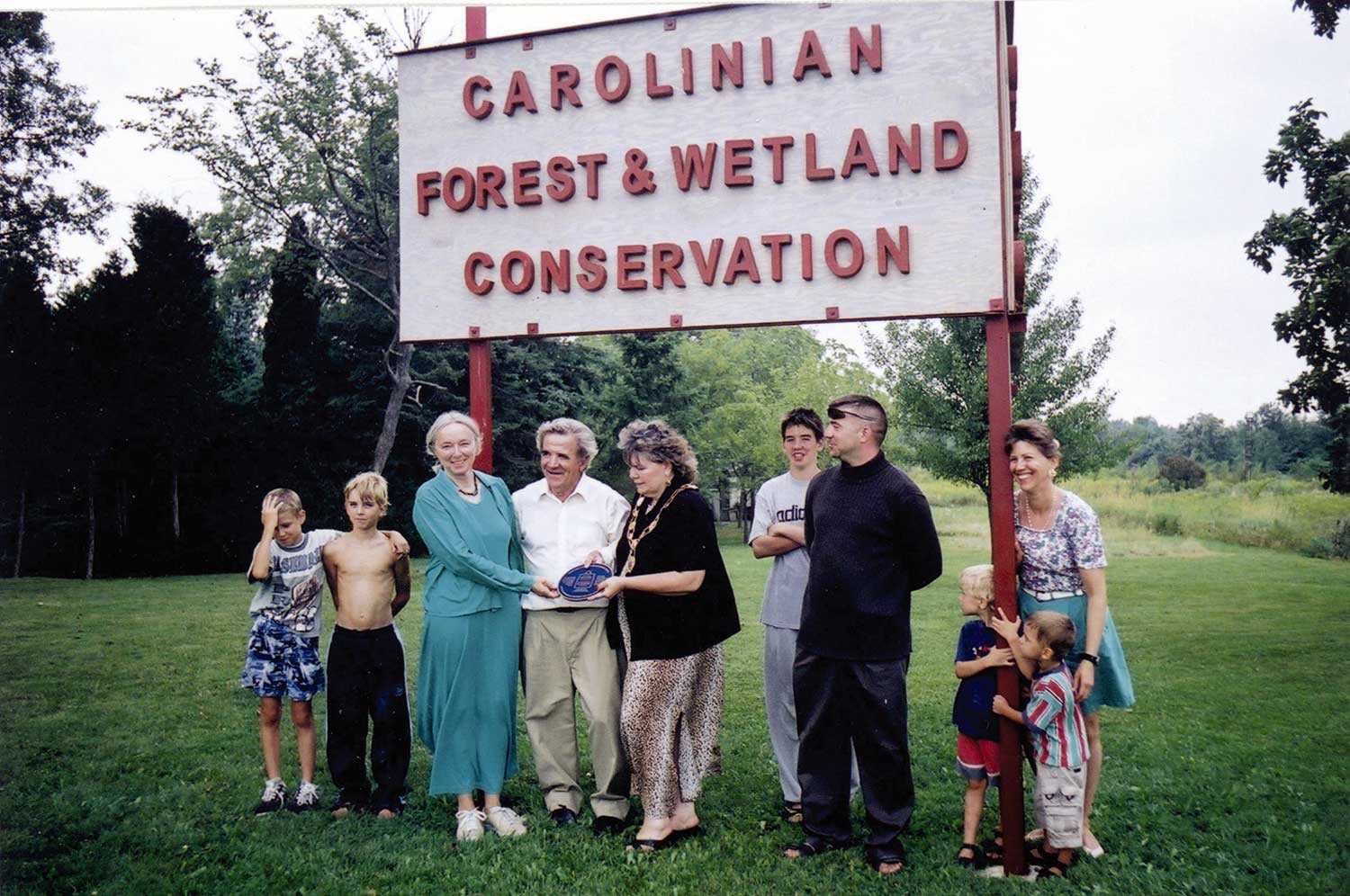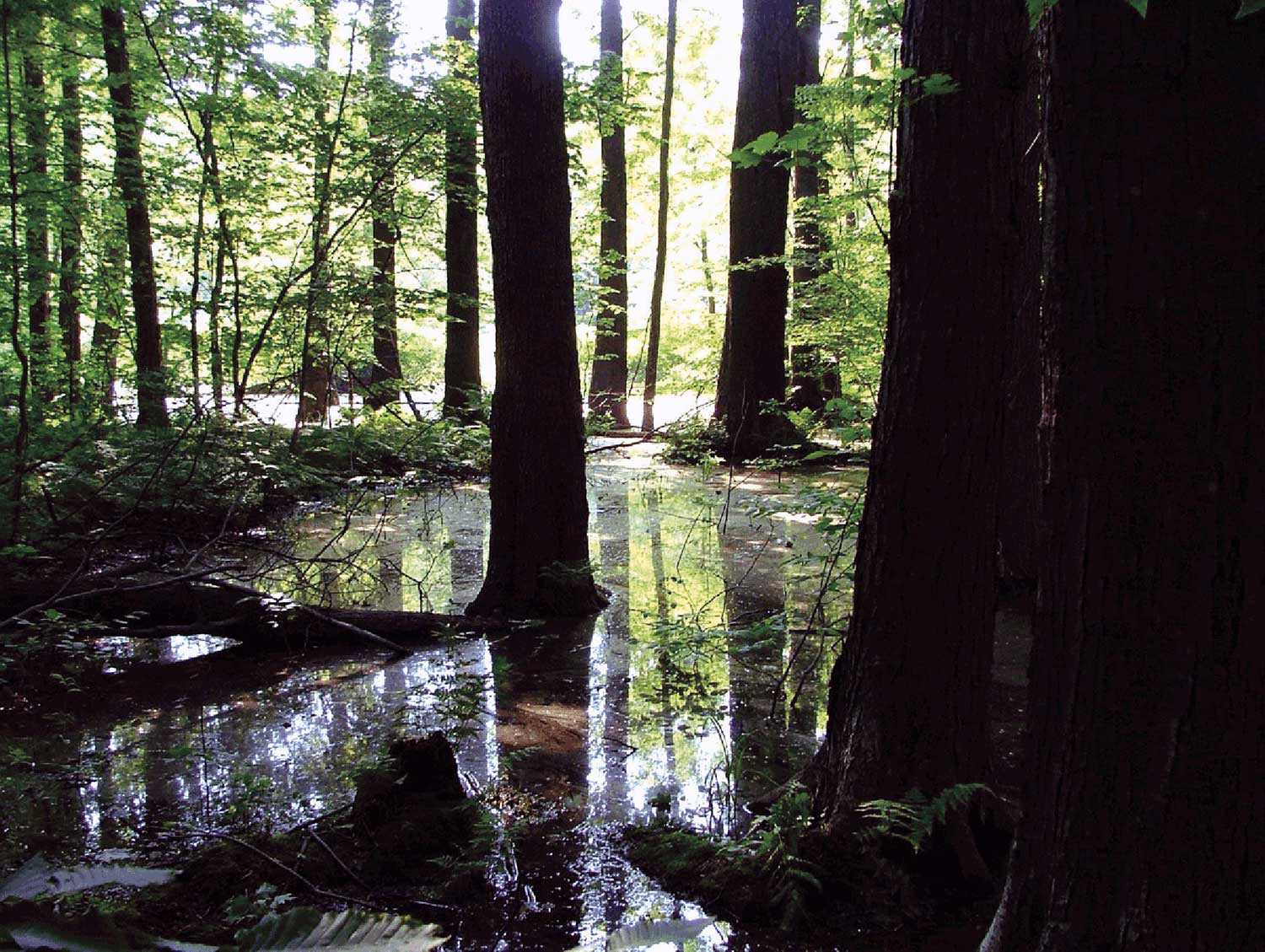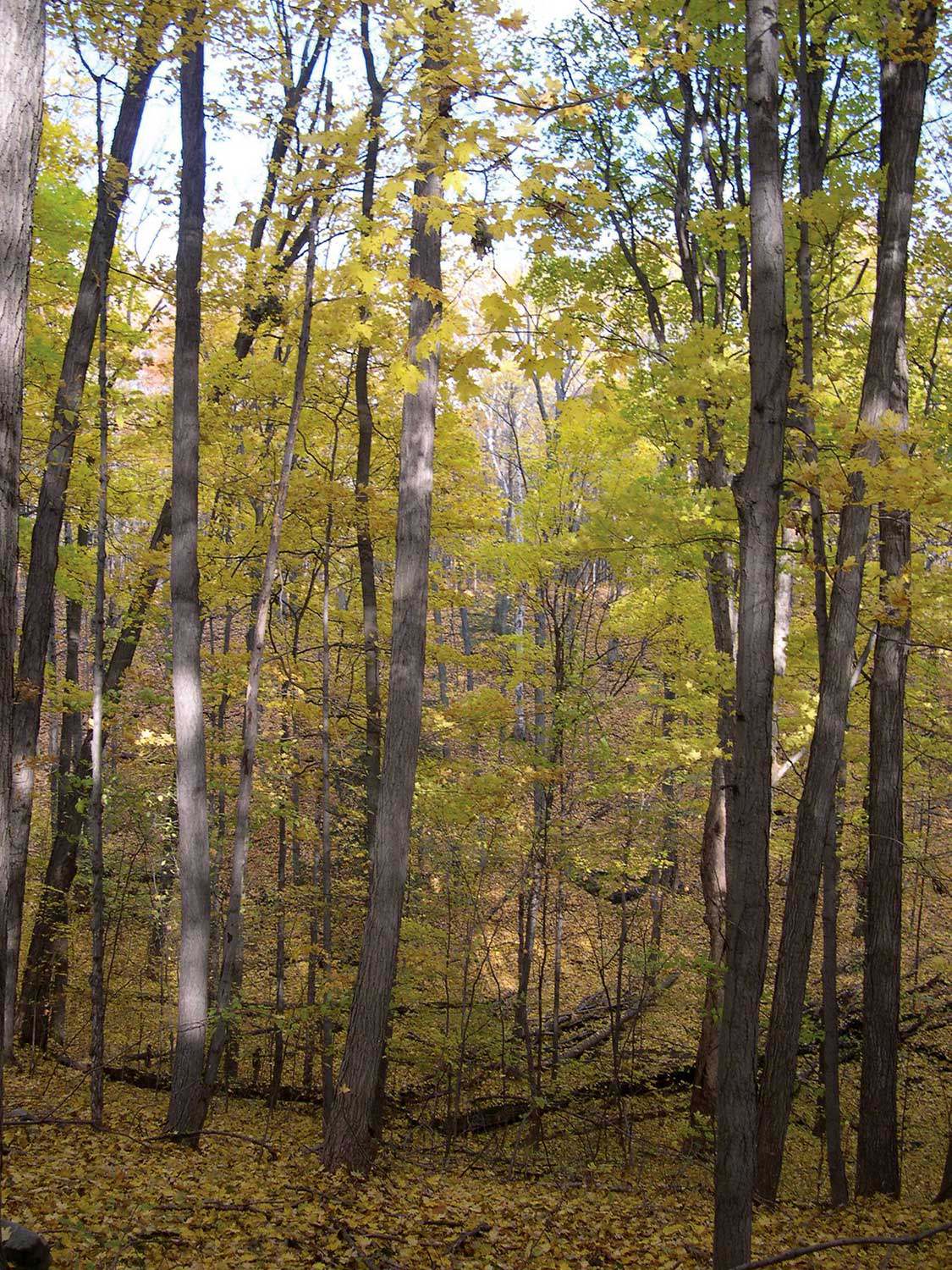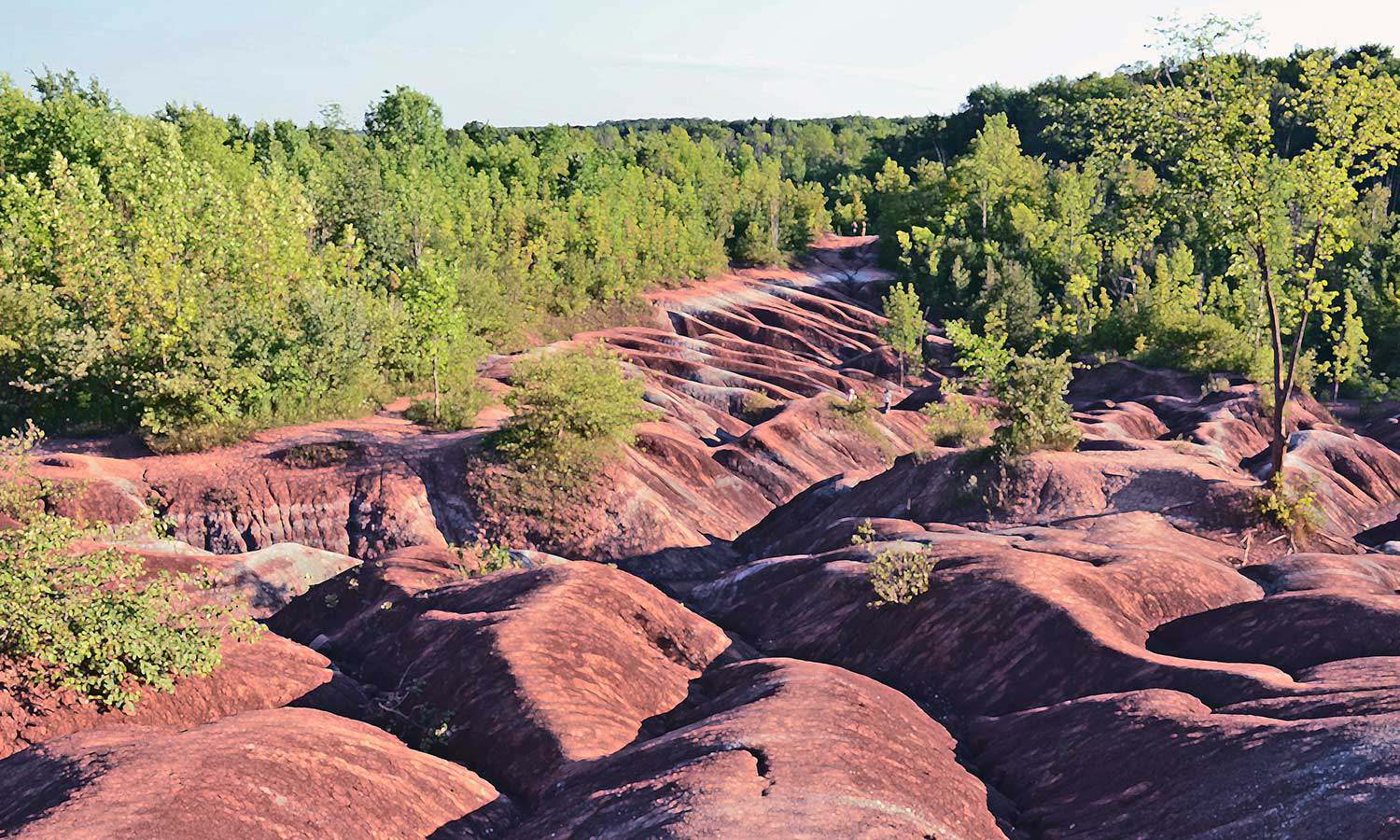

Browse by category
- Adaptive reuse
- Archaeology
- Arts and creativity
- Black heritage
- Buildings and architecture
- Communication
- Community
- Cultural landscapes
- Cultural objects
- Design
- Economics of heritage
- Environment
- Expanding the narrative
- Food
- Francophone heritage
- Indigenous heritage
- Intangible heritage
- Medical heritage
- Military heritage
- MyOntario
- Natural heritage
- Sport heritage
- Tools for conservation
- Women's heritage
It’s not easy staying green: Working for a green and healthy Ontario
Natural heritage conservation can be traced back to the early times of the First Nations, whose close relationship with nature was reflected in religious beliefs in which spirits inhabited the physical world around them. The natural environment which provided the necessities of life was not significantly altered.
With the coming of European settlement and an ever-growing population, the demands for agriculture, mineral and forest products from the natural environment grew at a non-stop pace. Economic growth transformed much of forested and natural lands into farmland and urban/industrial areas. Economic prosperity for many people came at the expense of what seemed to be an endless natural environment.
In the mid- to late-19th century, the loss of species such as the passenger pigeon, wild turkey and cougar became painfully apparent. The founding of naturalist clubs and museums began the movement to protect and preserve our natural heritage. Conservation legislation was passed. Algonquin Park was established as Ontario’s first provincial park. Interest in natural sciences received attention in growing post-secondary educational institutions; natural heritage took on a role as a refuge from the fast pace of urban life. Artists such as the Group of Seven brought these feelings to life on canvas. And tourism, in the form of grand resorts and cottages, became fashionable to “get away to nature.”
Nature also assisted in promoting an awareness of natural heritage. The devastation caused by Hurricane Hazel in 1954 resulted in the provincial government’s establishment of conservation authorities throughout southern Ontario to help manage watersheds and ensure that urban development was compatible with natural systems. Many natural heritage organizations were established throughout the 20th and early 21st centuries. Organizations such as the Nature Conservancy of Canada, Ontario Nature, Ducks Unlimited Canada and the Ontario Land Trust Alliance – as well as many local land trusts, naturalist and hiking clubs – were formed and provided voices for natural heritage protection.
Throughout the last century, provincial governments responded with numerous initiatives to help secure natural heritage. The Ontario Heritage Foundation (now the Ontario Heritage Trust) was established in 1967 as the province’s lead agency for built, cultural and natural heritage. The Ministry of Natural Resources (MNR) developed a system of 319 provincial parks and 280 conservation reserves to provide opportunities for outdoor recreation and natural heritage appreciation. And the Niagara Escapement Commission was created to administer the Niagara Escapement Plan.
Since the 1980s, conservation organizations have been especially active in natural heritage protection, starting in 1982 with the formation of the Natural Heritage League – a group of organizations dedicated to natural heritage protection. Since then, many provincially funded land acquisition and stewardship programs – involving public and private conservation partnerships – have been launched. Some past examples are: the Niagara Escarpment Land Acquisition and Stewardship Program (1985); the Eastern Habitat Joint Venture (1986); the Natural Areas Protection Program (1998); and the Ecological Land Acquisition Program (2002). Currently, partnership programs include: the Nature Conservancy of Canada/MNR Greenlands Program (2004); Ontario Nature Trust Assistance Program, Ontario Land Trust Alliance (2004); and the Ontario Heritage Trust/MNR Natural Spaces Land Acquisition and Stewardship Program.
Over the past few years a number of other initiatives have occurred to help protect our natural environment. The Oak Ridges Moraine Foundation, established in 2001, works to protect the key natural heritage features of the Oak Ridges Moraine. A new greenbelt has been created around the Greater Toronto Area in association with a new Greenbelt Foundation. The Ontario Planning Act has reinforced the need for municipal consideration of natural heritage in land-use planning. MNR continues to work with many partners to identify a natural heritage system for southern Ontario.
Natural heritage conservation has come a long way – from times when natural resources were seen as endless to the present when conservation needs are an endless challenge. Today, with ongoing preservation and stewardship of significant natural heritage areas across Ontario by many dedicated conservation organizations, much has been achieved. Yet much remains to be done to ensure future Ontarians will enjoy a green and healthy environment.
Ontario Heritage Trust – Statistics (as of March 31, 2006):
- Bruce Trail properties owned by the Trust: 101 (4,055 acres/1,641 hectares)
- Other natural heritage properties owned by the Trust: 42 (5,730 acres/2,319 hectares)
- Natural heritage properties containing registered archaeological sites: 10
- Heritage buildings on Trust-owned natural heritage properties: 24
- Area the Trust helped to conserve through grant programs: 36,000 acres/14,499 hectares)
- Natural heritage easements: 14
- Plaques commemorating natural heritage/environmental themes: 42




